Iconic Landmarks in Japan
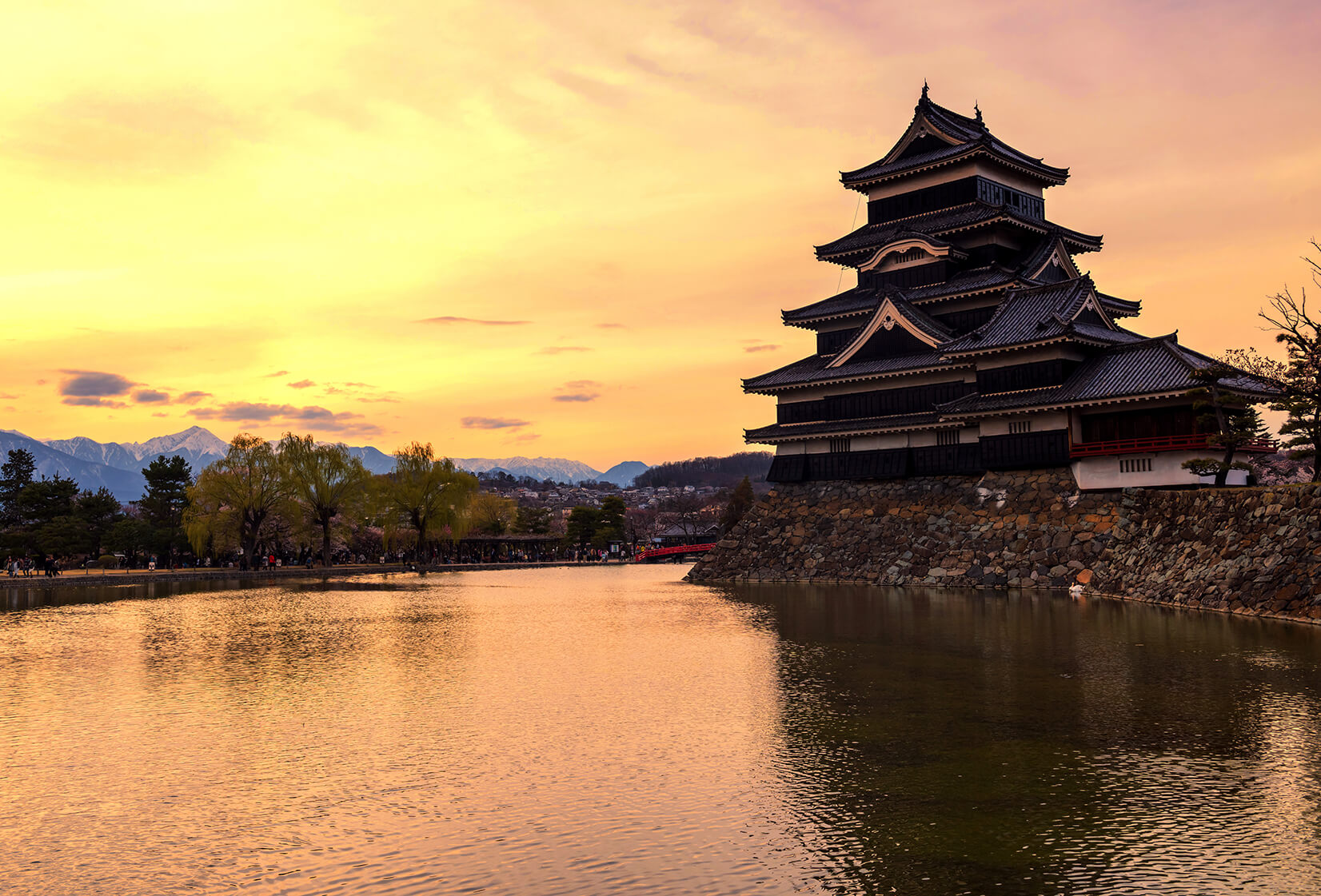
Japan is a country brimming with ancient traditions and innovation. It’s history and rich cultural diversity perfectly co-exists with its technological and architectural advancements. Appearing as modern in the eyes of the global audience, the country has more to offer than just its innovation.
Traveling the country allows you to experience its rich culture. The country’s majestic temples and shrines signify its striking cultural heritage. Meanwhile, Japan’s towering skyline and modern-day technological advancements are testament to the country’s position as the most developed nation in Asia. It ranked first as Asia’s best country according to the 2018 U.S. News & World Report, earning high scores in the areas of entrepreneurship, power, and cultural influence.
Table of contents
Top Five Iconic Landmarks in Japan

Japan boasts tourism from its state-of-the-art skyscrapers and infrastructures to tranquil and serene temples. With its diversity in traditional and modern society, more than a million tourists travel to the country each year. It’s quickly becoming one of the top travel destinations for tourists all over the world.
Japan is home to an endless discovery of notable places to visit. If you are planning to visit the country, make it a point to go to some of the most iconic landmarks that showcased Japan to the whole world. In this article, let’s discover the country, starting with 5 of its most famous iconic landmarks.
Mt. Fuji

Out of all the attractions and destinations in the country, Mt. Fuji is the most iconic. With the altitude of 3,776 meters above sea level, it serves as the highest peak in Japan. The mountain made a vast contribution to the country’s physical, cultural, and spiritual geography.
Rising above the clouds, Mt. Fuji is a sacred mountain worshipped by the Japanese people. It has been a sacred site for practitioners of Shinto since the 7th century and was also said to be first climbed by the pious. Since a monk reached its peak in 663, many climbers of all ages and gender have visited the summit during the climbing season from July to August.. Today, an average of 200,000 climbers, both tourists and locals, climb the mountain each year.
The graceful shape and majestic view of Mt. Fuji inspired various works of literature and visual arts and is considered to be one of the sacred symbols of Japan. It was registered as a World Heritage Site by UNESCO in 2013, which gave way to the influx of inbound tourists in the country. At present, there are many ways to experience the serenity of the country’s iconic mountain. You can view the beauty of the mountain at different angles and places, but its best view can be seen at the right side of the Shin-Fuji Station. The mountain is also most visible in colder seasons during early mornings and late evenings.
Himeji Castle

The Himeji Castle is the oldest castle in Japan and serves as one of the most beautiful surviving relics of the 17th-century Japanese architecture. Also known as the White Heron Castle, it’s a well-designed structure coined as a masterpiece using plastered wood with a white earthen appearance. This iconic castle is the most impressive and best-preserved in all of Japan as it was spared from damage during World War II. It was also the center of a feudal domain for almost three centuries until 1868, the establishment of a new government.
The castle is one of the country’s natural treasures. 74 out of its 83 structures, including its towers and gates, are designated as Important Cultural Assets of Japan. Himeji castle was later on added as a World Heritage Site by UNESCO in 1993. In the present day, Hyogo Prefecture, Himeji City, and a few other private companies hold the ownership of the castle. Himeji City is the official custodial body that manages the Himeji-jo site and buildings as appointed under the 1950 law. Moreover, the city’s responsibilities include daily maintenance, cleaning, regular inspection, traffic restriction, disaster prevention, and site arrangement and interpretation of the castle and its structures.
The historical site and its buildings are a popular go-to for tourists and locals especially during the cherry blossom season in April. If you’re planning to go to Himeji castle, you won’t have any trouble with admission on its exterior grounds as it is free for public use. The castle grounds have a great view of the elevated castle, but for a closer look at the castle and its structures, prepare for an admission fee of 1000-1200 JPY.
Fushimi Inari-Taisha Shrine
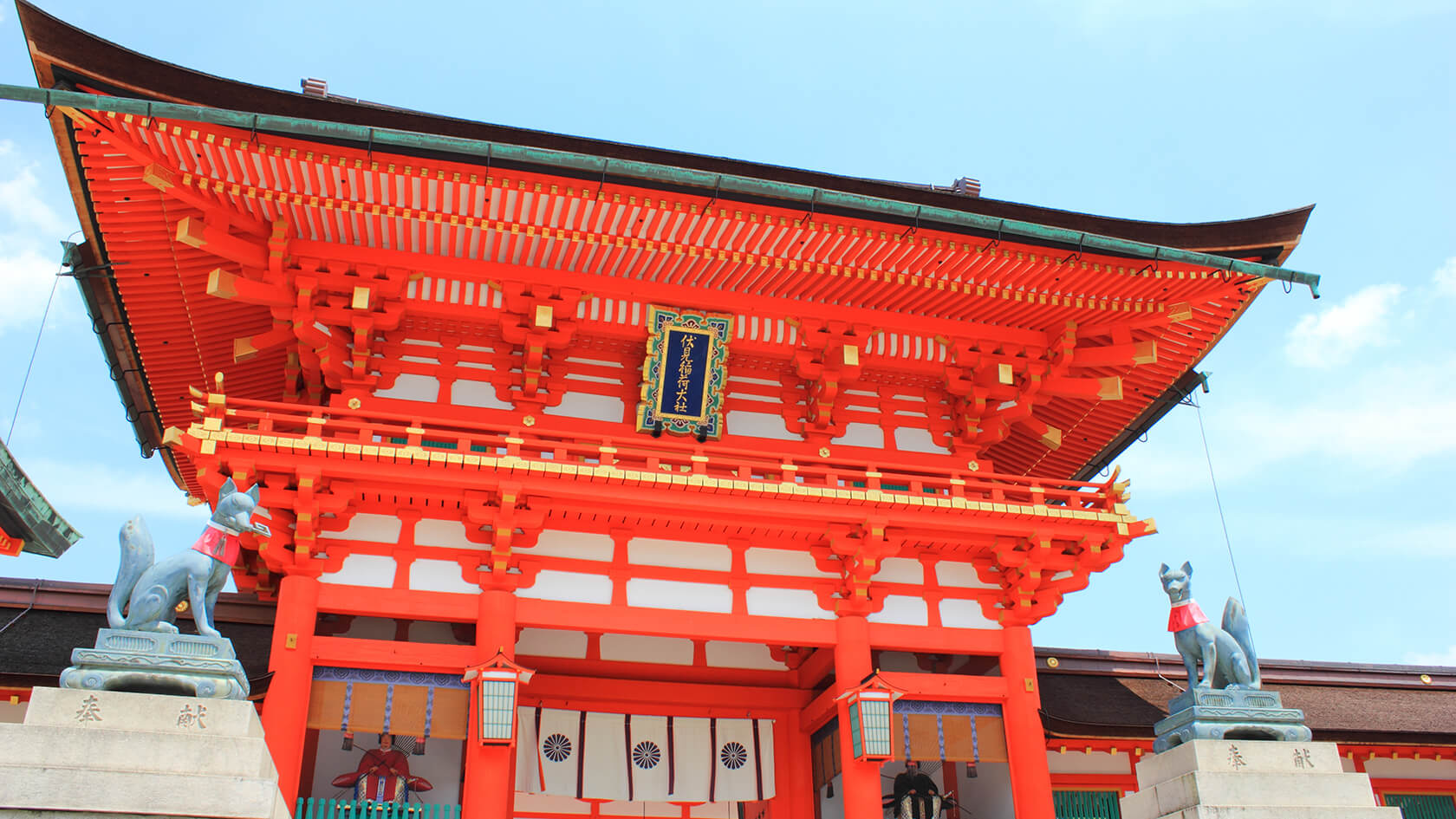
Out of the several thousand shrines in Japan, the Fushimi Inari Taisha Shrine is the most significant shrine dedicated to Inari, the Shinto god of rice, sake, and prosperity, and patron of business, merchants, and manufacturers. The shrine sits at the base of Mount Inari. It includes smaller sub-shrines that span into 4 kilometers up the mountain. The shrine is one of the oldest and most iconic landmarks not only in Kyoto but throughout the country. The shrine was founded in 711 AD and its primary structure was built in 1499. Today, it stands designated as an Important Cultural Property of Japan.
The Fushimi Inari Taisha is comprised of about 5,000 torii gates, making it one of the most impressive attractions in Kyoto. Japanese people and businesses donated some of the torii gates with the hope of receiving good fortune. On the left side of the torii gate, you can see the inscribed name of the donor written in kanji in black ink. Meanwhile, on the right side, you can see the date when it was donated. You can also see various fox statues across the shrine grounds. They are known to be Inari’s messengers.
Japanese locals and tourists gather at the shrine to pray for a bountiful harvest, success in their respective businesses, and their wishes and dreams to come true. You can visit the shrine at any time and any day without paying a single cent. Just be sure to pay your respects and prepare yourself for a 2 to 3-hour hike ascending to the torii gates.
Itsukushima Shrine
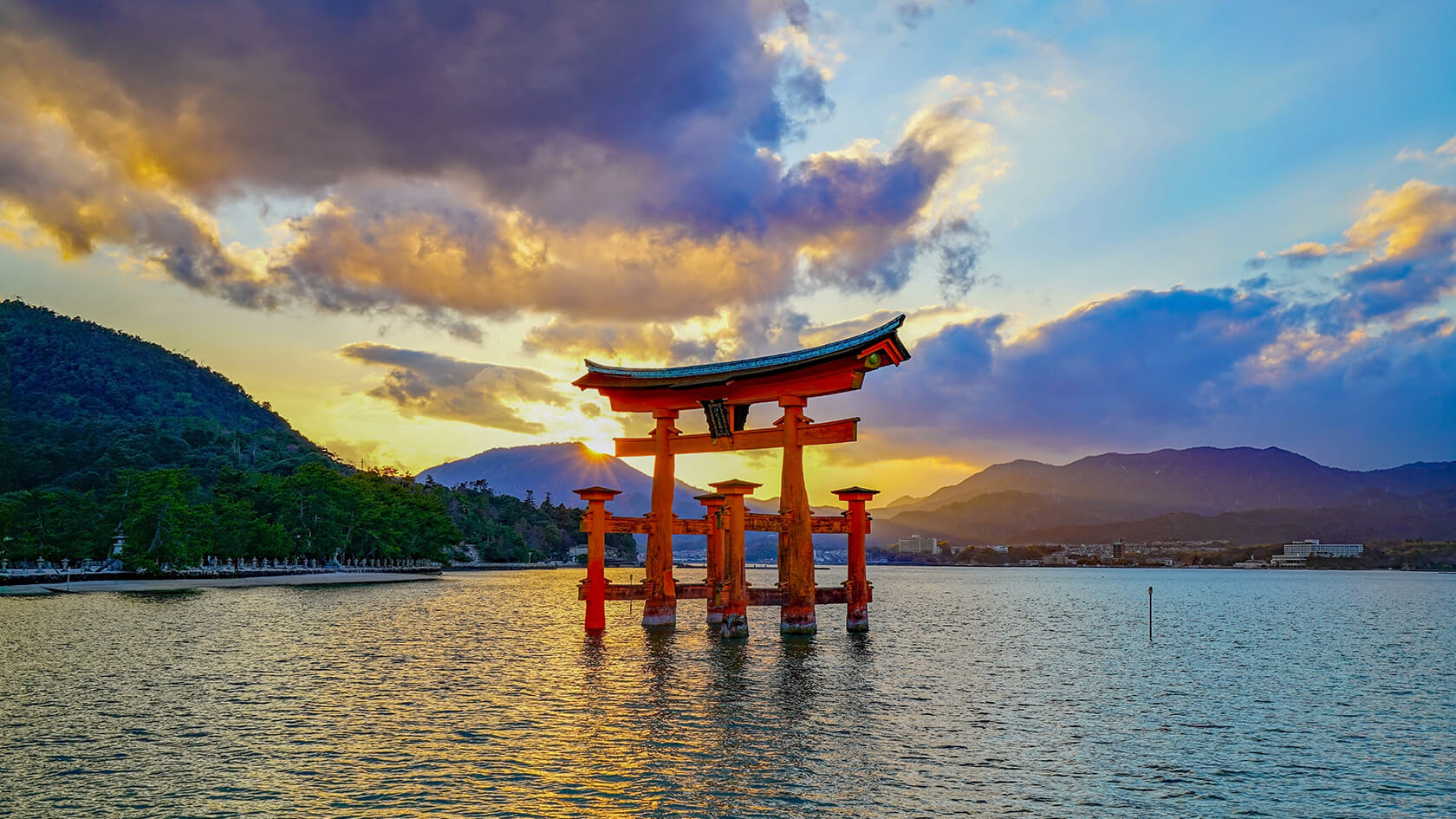
Itsukushima Shrine is the star attraction of the Itsukushima island, most commonly known as Miyajima island. The island has been known as a holy place of Shintoism worship of Shintoism since the 6th century. At first, Saeki no Kuramoto built the shrine originally in 593 CE. Taira no Kiyomori later became involved and built the shrine on top of the water after becoming the first samurai to assume the role of Daijō-Daijin. However, in 1571, the Mōri clan renovated the main hall from the primary shrine and reconstructed the O-Torii gate and arched bridge.
The Itsukushima Shrine and its unique torii gate built above the water seemingly float above the water during high tides. The picturesque island shrine features the deep blue sea in its foreground, harmoniously arranged shrine buildings, and the green virgin forest of Mount Misen in the background. With the natural beauty and serenity that it possesses, the shrine is considered to be one of the “Three Views of Japan” along with Matsushima Island and Amanohashidate. It is recognized as a standard of beauty in the country as it reveals a great combination of man-made structures and natural elements.
In 1996, Itsukushima Shrine was registered as a UNESCO World Cultural Heritage site. It is also designated as a Natural Treasure or Important Cultural Properties of Japan, Special Historic Site and a Special Place of Scenic Beauty or Natural Monument in Japan. To maintain its safety and serenity, the shrine is protected under the 1957 Natural Parks Laws, and the Japanese government must approve any alteration or construction made within the shrine. The shrine is open to all locals and tourists every day. Regular admission for sightseeing inside the shrine costs 300 JPY.
Todai-ji Temple

Situated in the northern part of Nara Park, the Todai-ji Temple is the most significant Buddhist temple in Japan. It is the home of the biggest bronze Buddha monument in the world and serves as the headquarters of Kegon, the entire school of Buddhism. Founded in 745 by Emperor Shomu as a symbol of imperial power, it took almost 15 years to complete this temple. This temple is also one of the most symbolic buildings of the Tenpyo era culture.
The Todai-ji Temple complex comprises of several structures. It includes the largest wooden structure Daibutsu-den built in 743, which houses the great bronze Buddha. The temple is also one of Japan’s registered UNESCO World Cultural Heritage sites. Aside from the primary temple which holds the great Buddha hall, you can also explore its magnificent park grounds, extensive gardens, and several museums and treasure halls. The temple opens daily from 7:30 am to 5:30 pm during April to October and from 8:00 am to 5:00 pm during November to March. The regular admission fee for this tourist site is 600 JPY.
Conclusion
Japan may be popular for its modern facade and futuristic goals, but it has more to offer in terms of its historical and natural landmarks. Thousands of its beautiful and inspiring sites are scattered throughout the country. Whether you’re in Kyoto, Nara, Hiroshima, or other prefectures, you will surely appreciate the warmth of Japan’s beauty.
The iconic landmarks in this article can serve as your guide in exploring Japan’s rich culture and diversity. They represent the rich culture and history of Japan by heart. If you’re planning to visit the country soon, you better mark these iconic landmarks in your maps and make it a goal to reach these destinations.
Motto Japan, the community platform to support foreigners with the foundation for life in Japan, including Japanese study, job opportunities, and housing service. Motto Japan Media will provide a wide variety of information for Japanese fans all over the world, to create a cross-cultural environment and enrich the life of foreign residents in Japan!





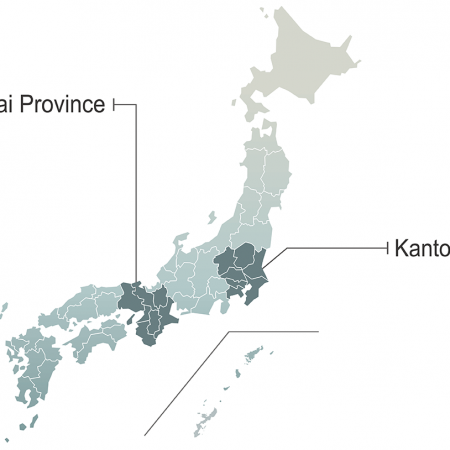
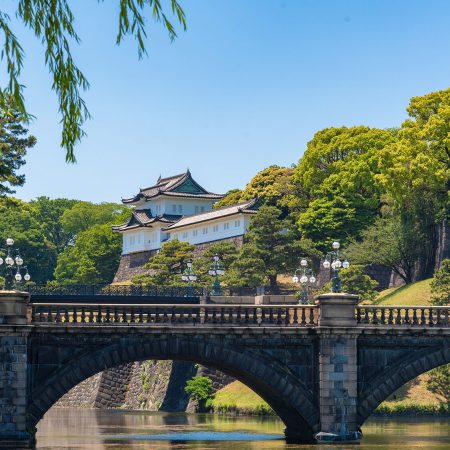
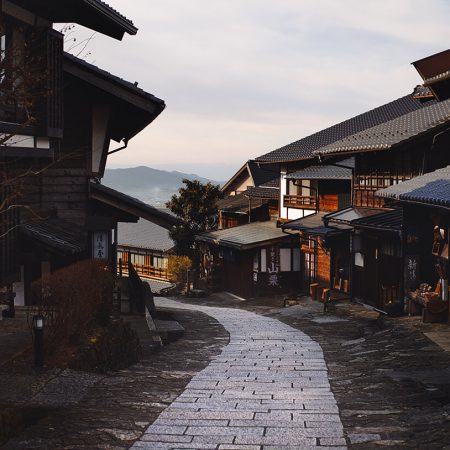


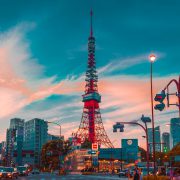


Leave a Reply